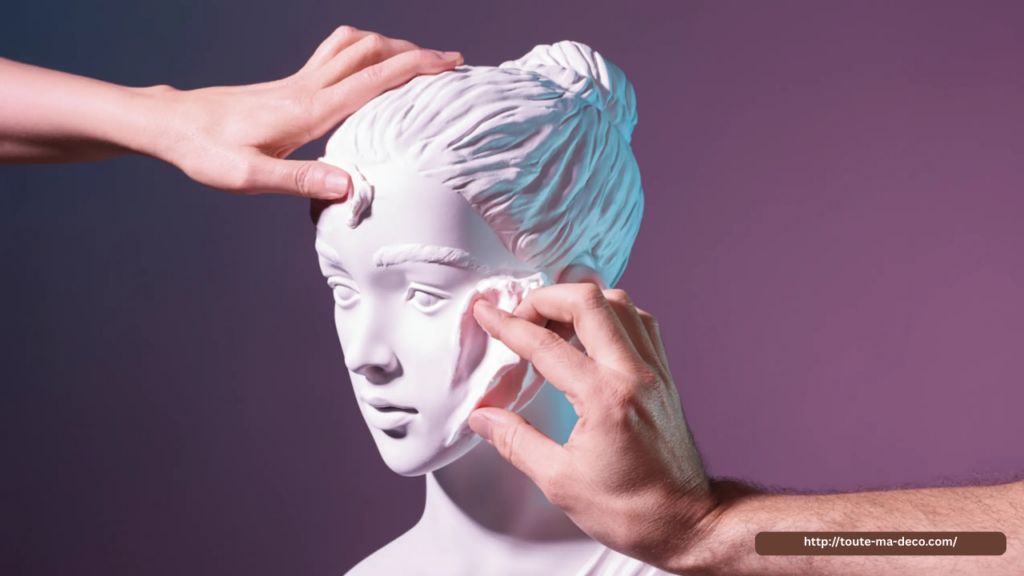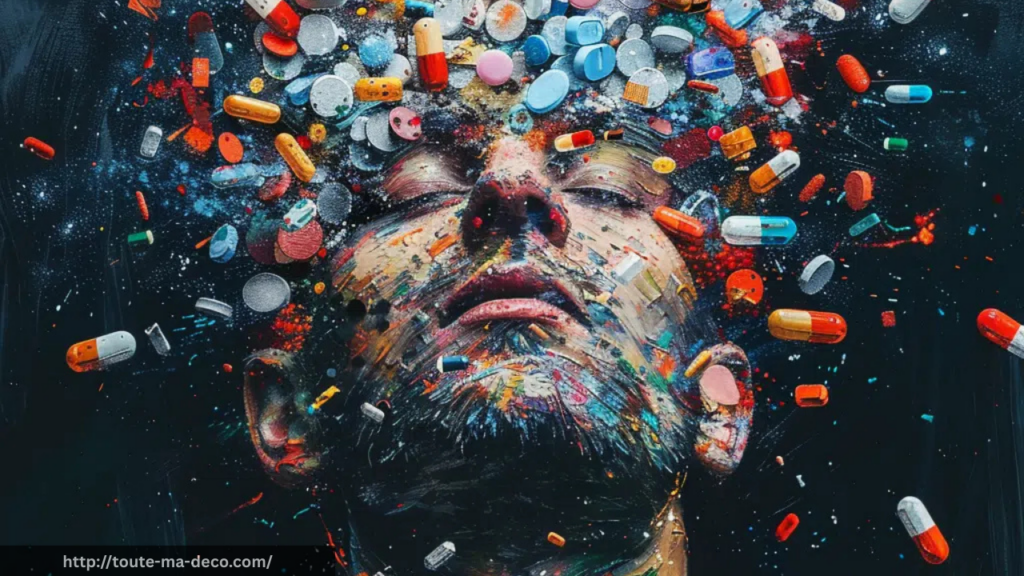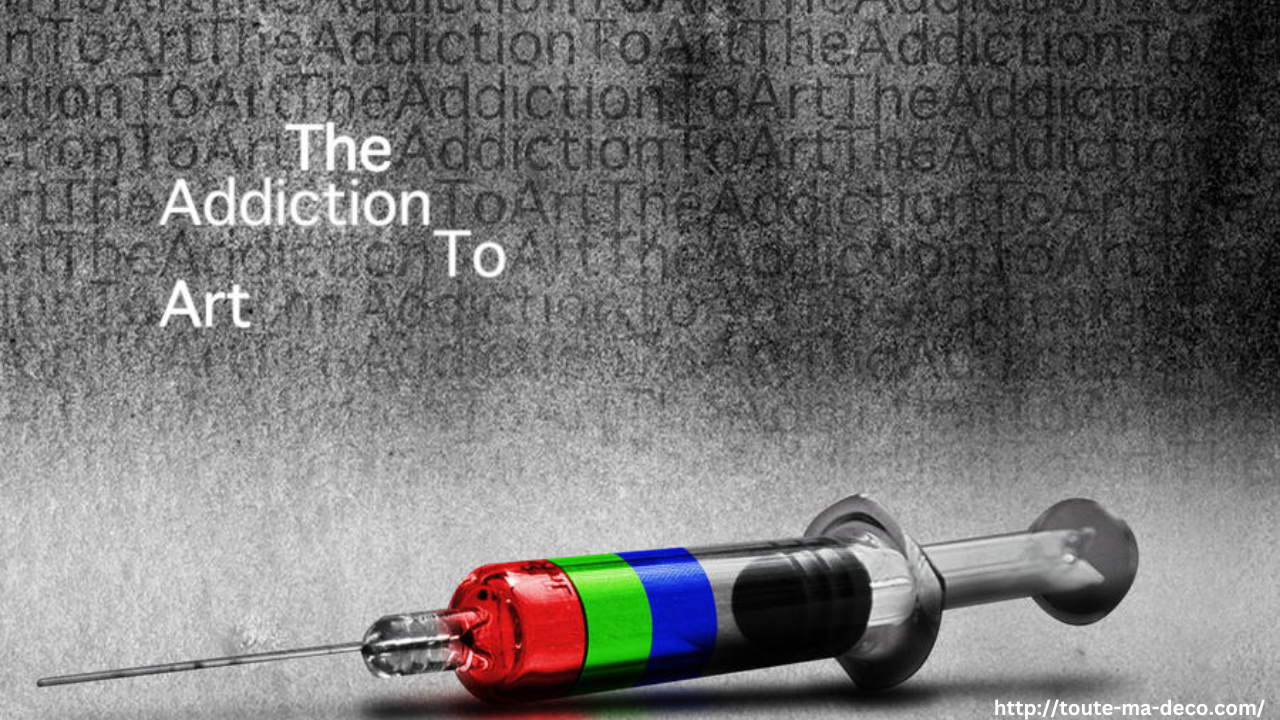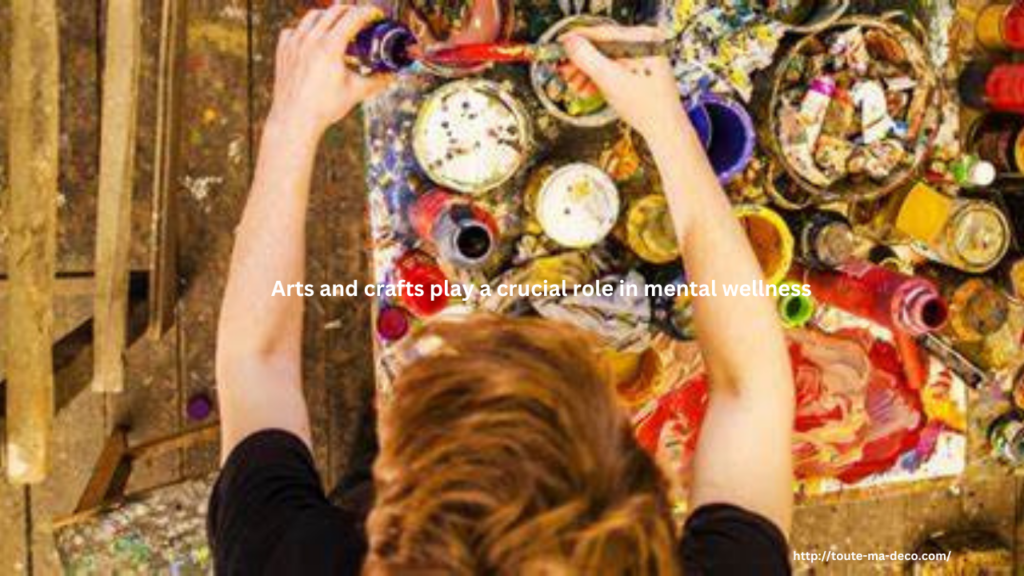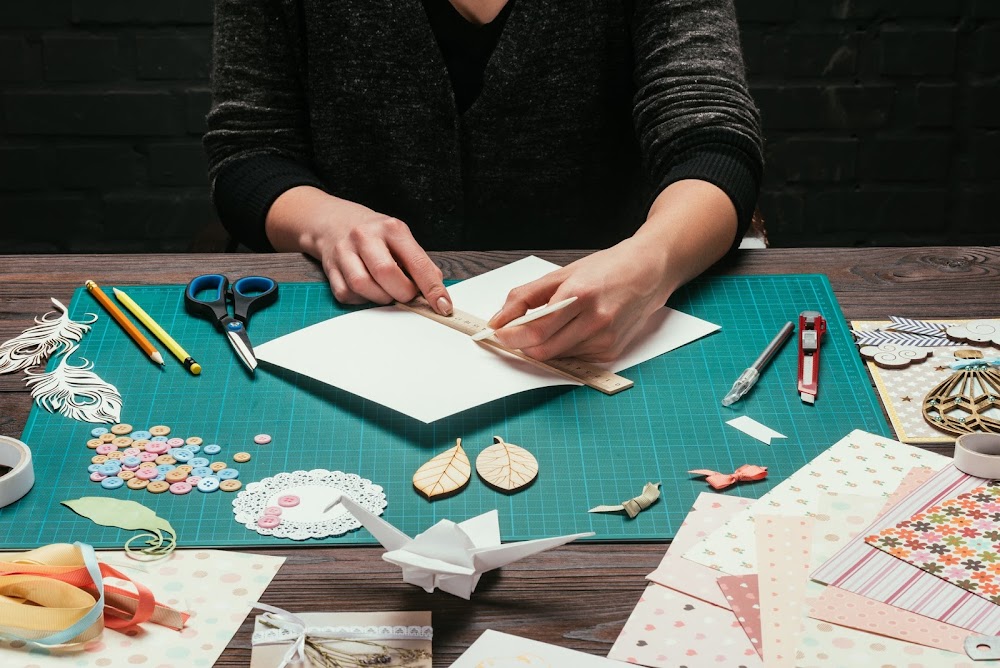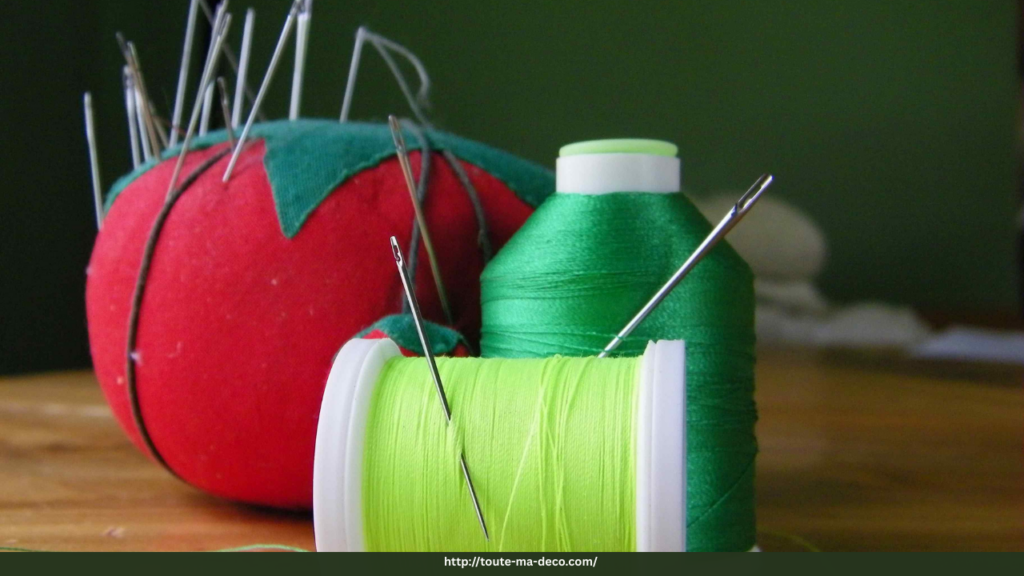
In the quiet rhythm of stitching, there lies a powerful metaphor for healing: taking what is torn or frayed and making it whole again. For individuals grappling with emotional wounds—whether from trauma, grief, anxiety, or depression—the simple act of crafting with needle and thread can offer profound psychological benefits. From embroidery and quilting to cross-stitching and sewing, these time-honored crafts do more than produce beautiful objects; they help mend the mind and soothe the soul.
A Meditative Practice for the Mind
Crafts involving needle and thread require concentration and repetition, which naturally encourage a state of mindfulness. As the hands move through the motions—threading the needle, pulling stitches, following patterns—the mind is gently guided away from distressing thoughts and anchored in the present moment. This focus fosters a meditative state, reducing anxiety and calming the nervous system.
Unlike digital distractions or passive entertainment, stitching demands engagement, allowing crafters to slow down and reconnect with themselves. The tactile nature of textiles also provides a sensory experience that can be especially comforting for those dealing with emotional overwhelm or dissociation.
Stitching Through Pain and Processing Emotions
Many people find that sewing or embroidery gives them a safe and quiet space to process emotions that are otherwise difficult to express. The creative freedom in choosing colors, patterns, and designs allows for symbolic representation of personal feelings and experiences. A patchwork quilt may become a narrative of healing; a piece of embroidery might depict resilience or hope.
By translating emotions into tangible creations, individuals can externalize internal pain. This form of non-verbal communication is particularly helpful for those who struggle to articulate their feelings through words. It allows for gentle self-expression and the gradual release of emotional tension.
Empowerment and Rebuilding Self-Esteem
Crafting with needle and thread is an act of creation and repair. Completing a project—no matter how small—can bring a sense of accomplishment that boosts confidence and self-worth. This is especially meaningful for those whose emotional struggles have left them feeling powerless or ineffective.
The process of setting a goal, working through challenges, and seeing it through to completion mirrors the journey of emotional healing. It reinforces the belief that change and progress are possible, instilling a sense of control and capability.
Creating Connection and Community
Textile crafts have long been communal activities. From quilting bees to sewing circles, these traditions bring people together, offering connection and shared purpose. For those dealing with loneliness or emotional isolation, joining a craft group—online or in-person—can provide much-needed social support.
Sharing work, offering encouragement, and learning from others cultivates a sense of belonging. This community aspect of crafting contributes significantly to emotional resilience and mental wellness.
Conclusion
Mending minds with needle and thread is more than a poetic phrase—it reflects a deeply therapeutic practice that can support emotional recovery and personal growth. Through mindfulness, expression, empowerment, and connection, textile crafts offer a gentle yet powerful path toward healing. In every stitch lies the potential to piece together not just fabric, but also the fragments of a wounded heart.
